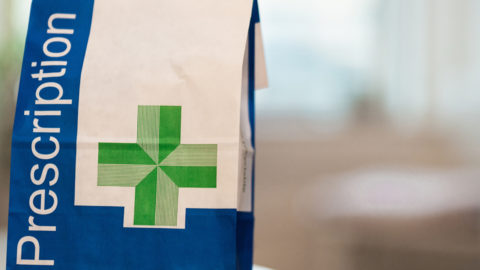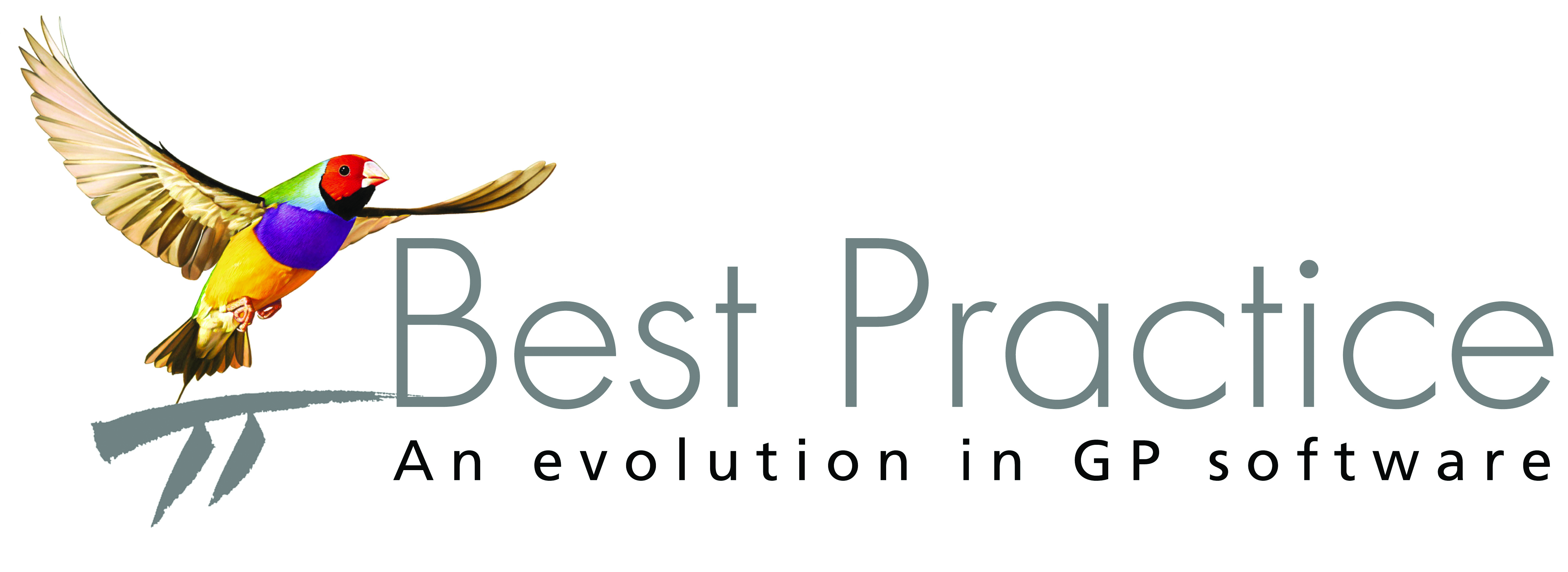19 March 2018

This is the third article in a monthly series from members of the GPs Down Under (GPDU) Facebook group, a not-for-profit GP community-led group that is based on GP-led learning, peer support and GP advocacy.
“PASSING the baton” describes what health care professionals try to achieve as care of patients is transferred between providers in our complex health care systems. The topic of safe and effective clinical handover comes up repeatedly in discussions on GPDU.
It is apparent that the impacts from delayed or poor clinical handover on patient care across the country are significant, under-reported, and have a profoundly negative effect on the care patients receive.
Dropping the baton
First-hand accounts of treatment delays, duplication of testing, medication errors, and unplanned readmissions are frequently discussed by GPs. Recent clinical case discussions have included a patient in palliative care being transferred to a hospice on a Friday afternoon with no clinical handover, and a 3-month delay in the completion of a discharge summary for a truck driver who was admitted with a myocardial function.
The safety concerns related to poor clinical handover are not new: it’s a problem the health care industry and doctors as a profession have been grappling with for decades. Poor clinical handovers are wasteful of limited resources. How can we improve patient outcomes and “drop the baton” less often?
Rules of the game
The National Safety and Quality Health Service Standards (NSQHS) and the Australian Commission on Safety and Quality in Health Care (ACSQHC) define clinical handover as; “the transfer of professional responsibility and accountability for some or all aspects of care for a patient, or group of patients, to another person or professional group”. Appropriate clinical handover is a requirement of the NSQHS. The ACSQHC notes the importance of “transition of care” that “ends only when the patient is received into the next clinical setting”. The Australian Council on Healthcare Standards EQuIP National Standard 12, in particular, specifies the planned provision of transfer information, including results of investigations.
Breakdown in the transfer of clinical information has been identified as one of the most important contributing factors in serious adverse events, and is a major preventable cause of patient harm.
Why is clinical handover from hospitals to GPs done so inconsistently for patients transitioning from our major private and public institutions? The benefits of passing the baton smoothly are clear. It’s time to coach the team to get it right.
Timing is everything
Health services continue to debate the appropriate timeframe for communicating with the GP who is continuing the patient’s care. Timeliness of clinical handover is a topic that comes up frequently. Hospital targets for transfer of care communications vary widely. A recent discussion on GPDU identified several targets within one small geographical area, ranging from “at the point of discharge”, “48 hours after discharge” and “5 days after discharge”.
The reality is that few patients leave hospital with an effective clinical handover. Some will be received within the hospital’s current targets; however, many clinical handovers are not received for weeks, months or, as one post highlighted, years after the patient care is transferred. Some never occur.
Many GPs are asking whether these targets are consistent, appropriate, acceptable or safe. A robust discussion took place after GPs were approached to complete a survey that included a question asking what conditions should warrant a discharge summary on discharge, and what the acceptable timeframe for receiving a discharge summary should be.
The overwhelming consensus was that the gold standard should be clinical handover on discharge for all patients. Many were frustrated that this question even needed to be asked. Some GPDU members wondered whether this was a trick question aimed at moving the goalposts further away from quality patient care.
Services promoting clinical handover to GPs on discharge were highlighted. The Sunshine Coast Hospital and Health Service was identified as a provider that was actively trying to effect positive change. They received plaudits from the wider GP community simply by having a discharge summary management policy specifying complete discharge summaries available at the time of patient discharge.
It is well known in GP circles that starting late ensures that you will run late all day. Timely discharge summaries aren’t late. Timing is everything when you want to be a frontrunner.
Don’t fumble the handover
The consensus among GPs is that well timed, efficient, effective and safe clinical handover, at or before the point of transition of care is essential. Alternative strategies risk adverse outcomes. Clinical handover must be a standardised process between clinicians.
Returning to the athletics track, we can see a clear difference between a handover, a throw, and a drop. Highly trained athletes accept nothing less than a smooth handover – nor should highly trained clinicians. Delegating the handover to non-clinicians, including nurses and medical students, is not good enough. Supervision and ongoing coaching of clinicians is vital.
The baton is passed between people not machines
Imagine the difference electronic systems could make to this smooth handover. Sadly, this smooth electronic handover exists only in the imagination.
In the real world, GPs are grappling with being thrown links to hospital electronic records through systems such as “The Viewer”. Investigations are likely to be uploaded (after a delay) to MyHealthRecord. These are raw data, unfiltered and disorganised, and more of a throw than a handover. Being thrown raw data and being expected to catch them in this way is akin to a hospital doctor being given the login to the GP clinic’s patient management system and being expected to extrapolate a referral.
Personal bests are set; medals are won
The late Sir Roger Bannister ran the 4-minute mile and reset the expectations for all that followed him. GPs and their discussions can highlight outstanding clinical handovers and applaud initiatives and hospitals that are doing it right. Feedback and constructive criticism can be passed back to hospitals that are raising the bar. Medal-winning performances show the possible and provide a model for future improvement. GPs are uniquely placed to spot the talent and report the score widely and rapidly.
Eyes on the prize: what’s the next goal?
If we can normalise the clinical handover to young GPs who are the future of general practice, it will encourage them to demand it of their hospitals.
Hospitals are incredible places, but the aim is for patients to return home to their communities and trusted GPs. They come home. Their GPs are waiting, willing and able. We can do better, and we will. We extend an open hand to our amazing hospitals. Pass us the baton – we won’t drop it.
Dr Katrina McLean is a Gold Coast-based GP, Assistant Professor in the School of Medicine and Health Sciences at Bond University, and a GPDU administrator.
Dr Michael Rice is past-president of the Rural Doctors Association of Queensland, an educator of students and registrars, a long term resident and rural GP in Beaudesert. He’s a keen user of social media.
Dr Nick Tellis is passionate about great general practice. He’s a proud GP, beachside Adelaide practice owner, and soon to be a father. He blogs at www.partridgegp.com when not on GPs Down Under.
To find a doctor, or a job, to use GP Desktop and Doctors Health, book and track your CPD, and buy textbooks and guidelines, visit doctorportal.





